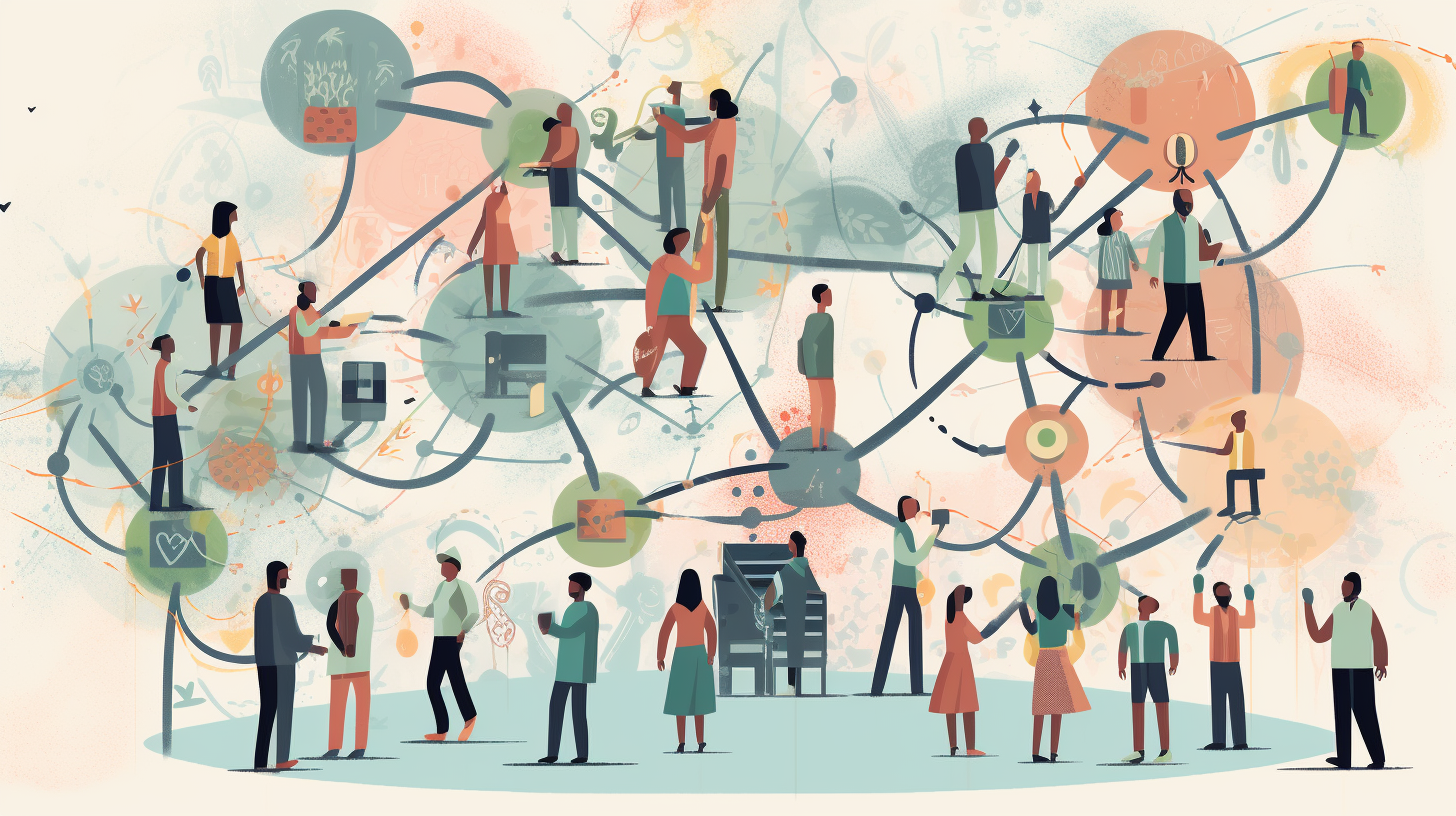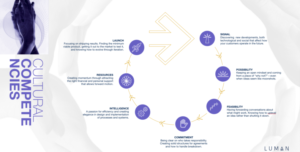“I wish my team took more ownership of their projects and didn’t come to me all the time for direction.” This sentiment echoes across boardrooms as leaders struggle to empower their teams in an era where organizations are transforming into network organizations and flat hierarchies.
However, the lack of ownership and accountability isn’t because employees are unwilling to step up; instead, it stems from a lack of training on how to exhibit leadership at self-authoring level. Here’s what you can do.
Understanding The Paradigm Shift Between The Socialized And The Self-Authoring Self
If we want increased ownership, we have to understand the paradigm shift that you’re asking from your people: develop from a socialized to a self-authoring adult.
Most people were brought up in cultures where taking orders from parents, teachers, and bosses was the norm. As a result about 65% of adults have been developed to a socialized level and tend to act from there.
Now employees find themselves in environments where they’re expected to shoulder responsibility, take ownership, and negotiate results.
This is challenging for the socialized self. The socialized self expects clear guidance on who to be, taking cues from an external locus of control (in the past often via stick and carrot). But in a world rife with ambiguity and unclear expectations, this internal conflict often leads to stress, causing stress reactions based on freeze, flight, fight, or fawn. Employees find themselves accountable but not held, managed but not led, giving rise to phenomena like the impostor syndrome and CYA activities.
This situation is damaging not only for employees but also for the business as a whole. The resulting loss of productivity, reliability, and quality can significantly decrease the return on assets (which has been diminishing since the 1960s as pointed out by John Hagel).
Becoming self-authoring or authentic (self-doing) involves self-care, self-regulation, and self-cultivation. It starts with becoming aware of oneself and one’s needs, learning new habits to address unproductive behaviors and replacing non-useful strategies, and striving towards an aspirational version of oneself.
How Do We Hold People Accountable When Mistakes Are Made?
Things start to get messy, however, when we encourage people to take ownership and mistakes happen. How do we handle this situation without accidentally stripping people of their freshly gained self-enabling version of themselves? How can we enable people to responsibility? Or, how can we become better leaders that can coach and guide our people and team when there is uncertainty or mistakes were made?
Using the ARO to IAO Tool to Build Culture of Ownership
In our CREATIONLeadership and CREATIONCulture trainings we train people to build culture of ownership and accountability by teaching them our ARO/IAO Framework, which is based on a synthesis of perennial wisdom traditions and ontological coaching. ARO stands for: Awareness, Responsibility, and Ownership. IAO stands for identity, actions, outcome.
Take the example of an employee making a “mistake”. There are typically two reasons this happens:
- They didn’t know better, or
- they knew better, but something was in the way.
Follow these steps to address the mistake by moving them through ARO and then through IAO:
- Bring them into awareness around the situation. What did they think they desired outcome was in the first place? What did or didn’t they know around the issue? What are various perspectives they can see on what happened? Add your perspective only if it has not been covered or invalidated by what has been shared.
- Invite them to take responsibility. Model by taking responsibility for your part, e.g. you could have been clearer on expectations, checked in more often, or provided more guidance. Invite them to reflect on something they could have done differently, and that they are willing to commit to doing differently in the future.
- Bring them back to ownership: Restate the future commitment they made and ask them to “choose in”, meaning are they willingly making that commitment. This choice moment brings them back to a place of self-authorship.
Then get them connected to who they would need to be to create desired outcomes:
- Connect to who they are working on becoming: What is their aspirational identity? What does it feel like to be that person? Let them connect to that state emotionally.
- Let them envision and state the actions they plan to take
- Connect them to the vision of the desired outcomes. Let them visualize having achieved it and how great they will feel
When you follow these steps you will find a new level of motivation. It allows you to end a potentially scary conversation on a high note.
This is just one example of where you can apply ARO → IAO situationally. As with any good framework, it can be applied in various situations and on multiple levels. By focusing on cultivating adoption of this framework you can create a culture of accountability and ownership on your team.
Cultivating ARO and IAO Helps Us Spot Learning Opportunities To Become Closer To Our Aspirational Self
ARO is a process that can be used situationally, in a moment, when we expand our awareness to take in additional perspectives, look at what we can take responsibility for, so that we can come back into a sense of ownership, of internal locus of control.
And IAO signifies the transition towards the aspirational self for both individuals and teams. It is about choosing who to be, the actions that person or team would engage in, and ultimately the outcomes you are committed to creating together.
Building cultures of ownership can start with you by practicing ARO and cultivating IAO. It’s a great tool as it helps you embrace the challenging journey of culture change by directing your focus on learning and growth.
At LUMAN we guide teams in developing the key capacities required for self-authoring, ownership and accountability, and we also help you take your team to the next level. Contact us to prepare your team for ongoing change and learning, while staying productive despite the uncertainty around them.
Embrace the transformation to self-leadership and let your team become the creators of their success. The journey might be daunting, but the results are worth the effort. After all, organizations aren’t just about processes and protocols; they’re about people and their potential.





